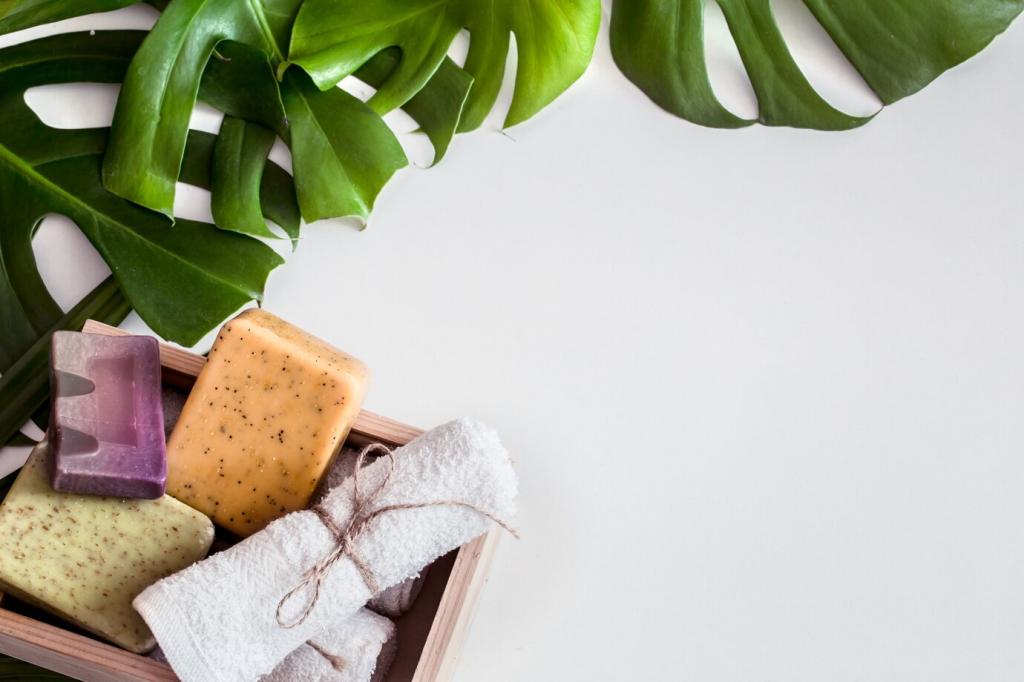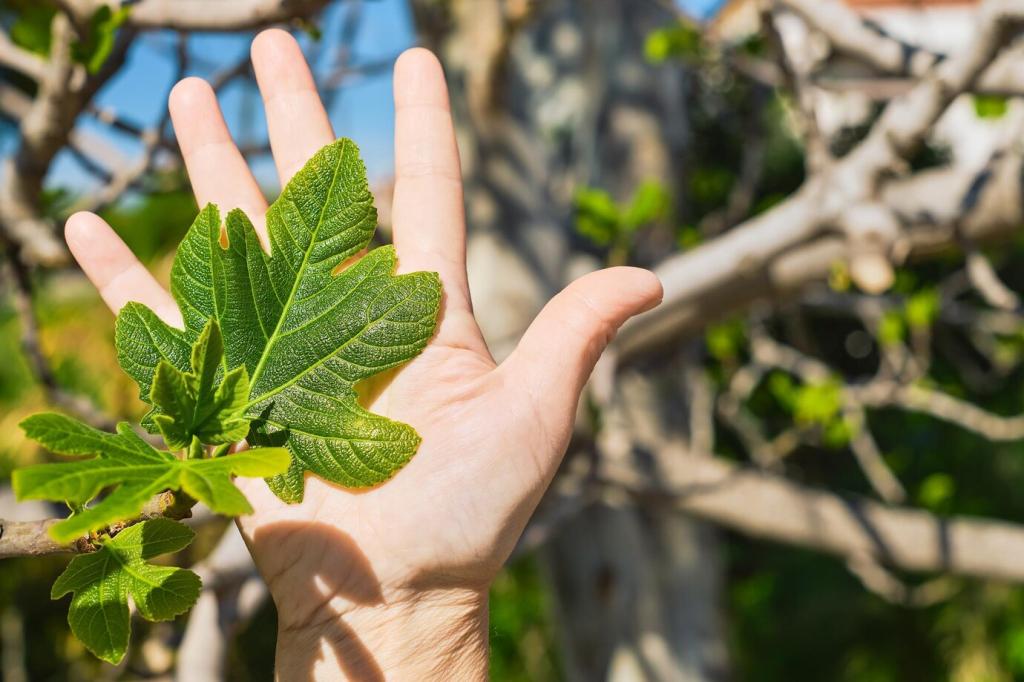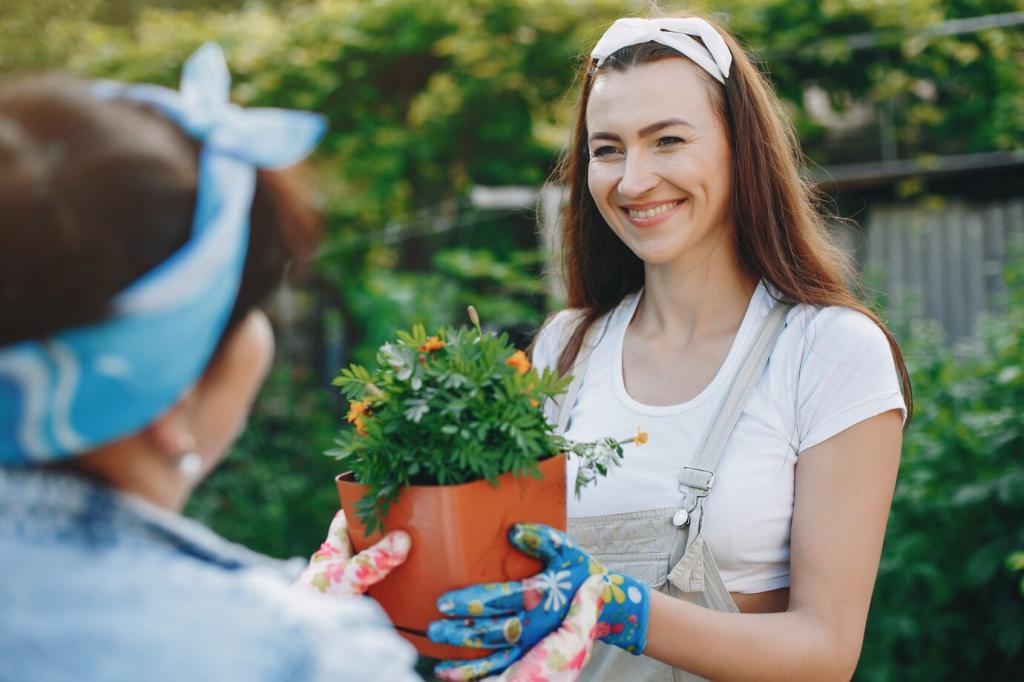
Restore Beautifully, Waste Less: Energy-Efficient Furniture Restoration Practices
Chosen theme: Energy-Efficient Furniture Restoration Practices. Welcome to a kinder, smarter way to bring furniture back to life using less power, fewer resources, and more intention. Dive into proven approaches, heartfelt stories, and practical steps that reduce electricity use while preserving character. Join the conversation, ask questions, and subscribe for new energy-saving restoration ideas delivered straight to your inbox.
Patina Over Perfection
Respecting patina often means less sanding, fewer chemical strippers, and far less electricity. Many scratches and sun fades tell a story worth keeping, and minor touch-ups can be far more efficient. Ask yourself what truly needs intervention, and preserve the rest. Share your philosophy in the comments: do you prefer museum-level refinishing or character-rich, light-touch conservation?
Create a Low-Energy Work Plan
List each step from cleaning to finishing, then highlight the ones requiring power. Replace any high-energy process with a hand-based alternative where possible. A card scraper instead of aggressive sanding, or a citrus-based cleaner instead of heated stripping, can radically cut consumption. Post your draft plan and let readers suggest even leaner methods you might not have tried yet.
Story: The Maple Chair That Didn’t Need a Full Strip
A reader inherited a maple dining chair with cloudy lacquer. Instead of stripping, a careful hand-scrape and light steel wool revived clarity. Only a thin shellac refresh followed, no heavy sanding, and the original warmth remained. She measured power use with a smart plug out of curiosity and found it barely moved. Share your own light-touch wins and inspire others to try gentler approaches.
Low-Energy Tools and Techniques That Punch Above Their Weight

Hand Tools First: Scrapers, Planes, and Sharp Chisels
A well-burnished card scraper removes finish with quiet precision and no electricity. Block planes and chisels, kept razor sharp, flatten glue lines and clean joints quickly. Precision handwork reduces later sanding time dramatically. What hand tool would you never give up? Tell us why, and consider starting a weekly ten-minute practice to sharpen skills while saving power.

When Power Is Needed, Use It Wisely
Opt for variable-speed sanders, high-efficiency motors, and dust extractors with auto-start to avoid idle draw. Use progressive grits to avoid unnecessary passes, and mark surfaces with pencil to track coverage. Each thoughtful move reduces runtime. Share your favorite efficiency setting or sander pad combo below, and let’s build a community-tested list of power-sipping techniques.

Bright Ideas: Daylight and LED Task Lighting
Set your bench near a window to rely on daylight whenever possible, and supplement with focused LED task lights that sip energy. Good lighting reduces mistakes, rework, and repeat sanding sessions. Position lights at angles that reveal scratches and swirl marks. Post a photo of your lighting setup, and subscribe to learn how to design shadow-free, low-energy benches.
Materials That Lower the Energy Footprint
Water-Based Finishes and Natural Oils
Water-based topcoats and plant-based oils cure without heavy solvents or forced-air heating, cutting both energy use and fumes. Thin, even coats minimize drying time and sanding between layers. Share your go-to finish for quick, efficient curing and tell us how you control dust without powering big filtration units all day.


Daylighting, Layout, and Bench Height
Place benches perpendicular to windows for balanced daylight and fewer shadows. Keep hand tools within arm’s reach to reduce unnecessary machine use. Dial in bench height to improve leverage and minimize fatigue, so you work efficiently without overreliance on powered assists. Share your layout sketch and ask for feedback from fellow restorers.

Smart Power Strips and Standby Control
Use smart strips to cut phantom loads and link tools with dust extraction only when needed. Label cords, dedicate circuits sensibly, and group tools by task to limit start-ups. An inexpensive power meter helps reveal surprising idle draws. Post your biggest standby-power surprise and help others hunt down their hidden energy leaks.

Comfort Without Overheating or Overcooling
Work during temperate hours, use cross-ventilation, and rely on targeted fans instead of whole-room HVAC when possible. Dehumidifiers on a timer can improve finish curing with minimal energy. Keep a hygrometer at the bench to align glue-ups with ideal conditions. Share your climate hacks and subscribe for seasonal checklists that save power year-round.

Batch Similar Tasks
Group all scraping, all light sanding, and all finishing into tight windows so tools and lights run fewer total hours. Prepare parts in parallel to reduce setup changes. Keeping a visible checklist on the wall cuts mistakes. What batching routine saves you the most time? Share your template and help others build smoother days.

Gentle Stripping and Targeted Cleaning
Citrus-based strippers and denatured alcohol washes can rejuvenate finishes without heat guns or long sanding sessions. Use nylon pads and rags strategically to lift grime where it matters, leaving stable finish intact. Comment with your favorite low-energy cleaning recipe, especially if it rescues tired shellac or varnish without a full redo.

Cure and Dry With Intention
Leverage airflow and thin coats rather than heat. Simple drying racks, spaced to encourage cross-breezes, shorten cure times efficiently. Time your last coat so it cures overnight without active energy input. Tell us how you maintain dust-free drying zones, and subscribe for our upcoming airflow guide for compact shops.
Stories, Metrics, and Community Momentum
A basic spreadsheet or notebook paired with a plug-in meter reveals where your efforts matter most. Measure sanding sessions, extraction minutes, and lighting hours. You’ll spot patterns and easy savings. Share a screenshot of your log, and we’ll feature community insights in a future roundup to accelerate everyone’s progress.
Stories, Metrics, and Community Momentum
Lila restored a 1940s walnut sideboard using daylight, scrapers, and water-based lacquer. By avoiding a full strip and heavy machine sanding, she kept the original pores alive and cut total runtime dramatically. The result felt warm, honest, and efficient. Add your own story below and inspire a newcomer to choose a lighter hand.
Stories, Metrics, and Community Momentum
Your questions shape this blog. Comment with a challenge you’re facing, from stubborn finishes to tricky joints, and we’ll respond with low-energy strategies. Subscribe to get checklists, tool tips, and reader case studies that keep your restoration beautiful and frugal. Invite a friend who’s just starting out—community momentum multiplies savings.
